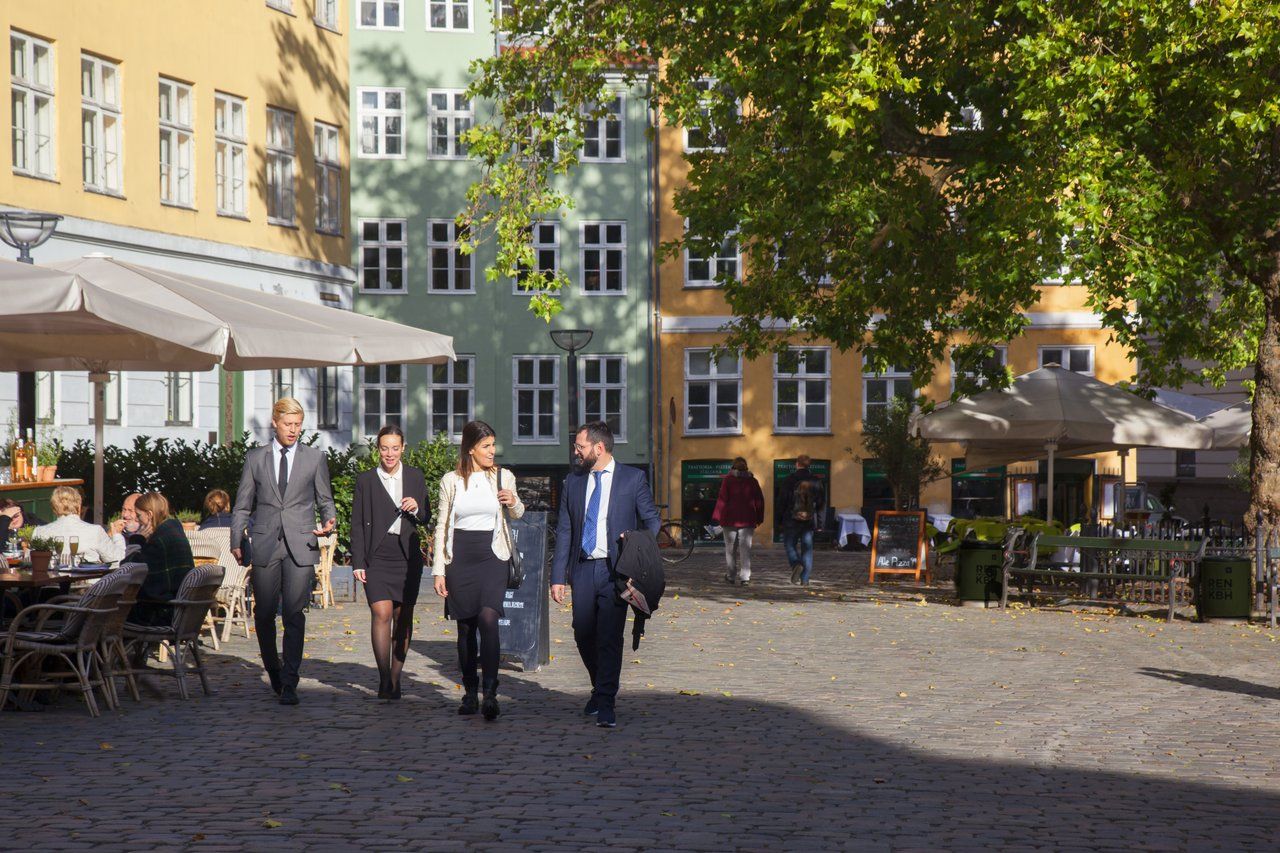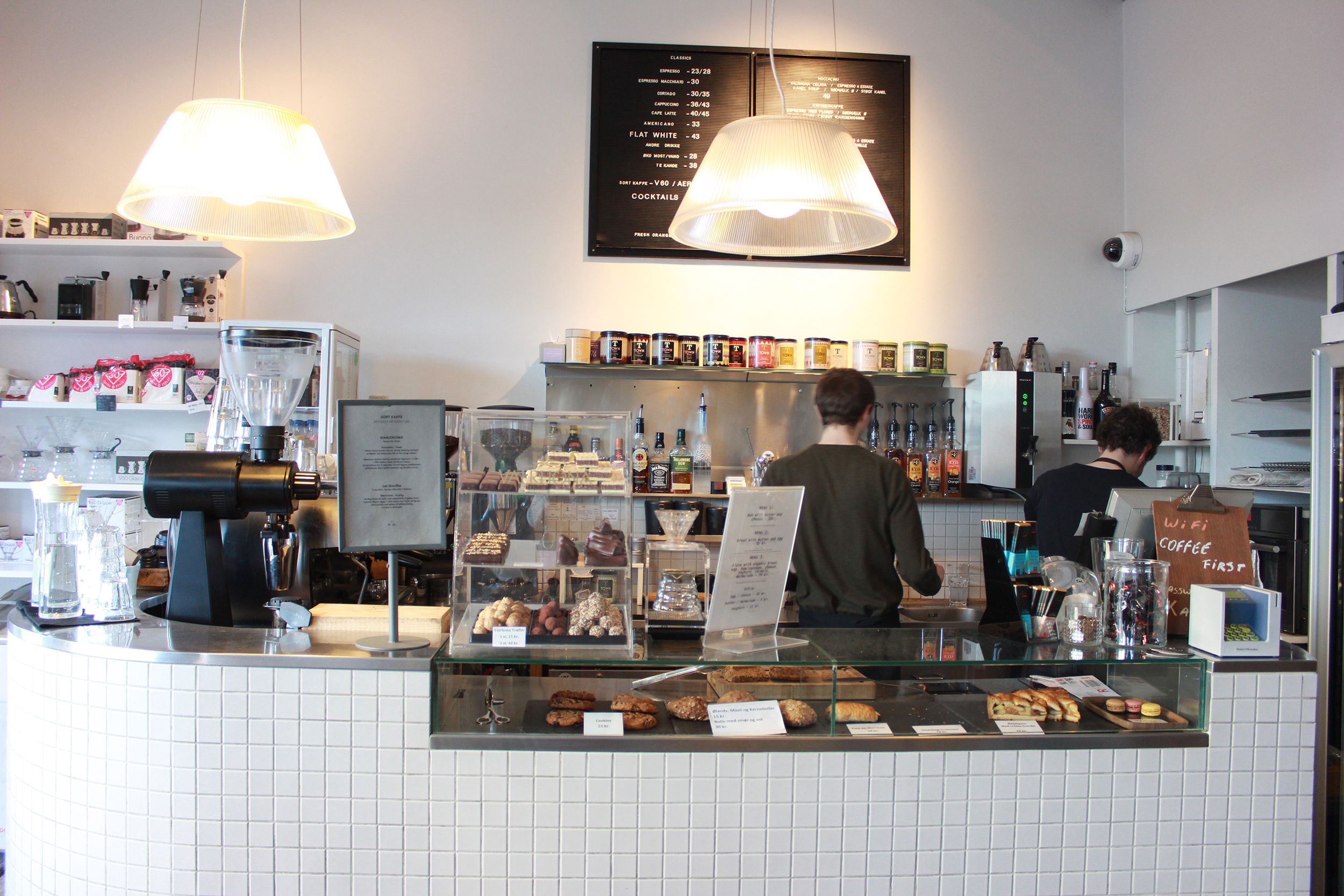The Nausea is a brave and interesting adaptation of Nelson Rodrigues's most controversial play, Dorotéia.
Cafe Del'arte, a new theater troupe based in Copenhagen and made up of young, aspiring student actors, performed well given the weight of the material.
The mythical surrealism of this play (grounded in historical realism) makes it difficult to describe.
The plot essentially revolves around Dorotéia's family, in which the females suffer from a curse: on their wedding nights, they become sick, growing into haggard, lonely spinsters as they lose actual, visual sight of their fiancés.
A hatred of women?
Dorotéia (Halla Gudmundsdottir) wishes to avoid this fate by becoming ugly. She is thrust into a confrontation with an amorphous, cancerous blob that represents her ancestors.
These are the widows (Bruno Rigobello, Kay Kaylor, Morten Andersen), former victims of the nausea. The characters in The Nausea are more archetypes than actual people. The widows represent social hypocrisy and religious dogma, which is contrasted by Dorotéia’s raw sexual energy and open-minded feminine intuition.
Written in 1950s Brazil, Rodrigues’ play still manages to ruffle feathers, inciting fervent debate between audience-goers. One woman at the performance I attended declared that she “rejected the hatred of women” that the play communicated.
Director's mission
Director Marcello Bosschar’s vision for this production was to “find a balance between the spoken word and strong images, or physical theatre” that did not coddle audience-goers, but rather challenged them.
This he did with the choreography of his characters and excellent costumes that fitted the aesthetic of this sexually and emotionally tense play.
Cancerous black and candy red
The widows (Bruno Rigobello, Kay Kaylor and Morten Andersen) were costumed as a black, cancerous, amorphous blob. Their costume is eye-catching and sharply juxtaposed against the candy red of Dorotéia’s dress, making for a visually interesting performance.
The set is minimalist but successful. There were parts of this performance that felt forced, and others that dragged on with dramatic intent, but overall it was a great performance for a student troupe. There were bits of diamond-like clarity to some scenes that show the potential these actors have.
Das Dores (Fabiola Gonzales), the fiancé (Lars Lundin), and the mother-in-law (Katrine Weigelt) all add to the play despite its focus on Dorotéia and the widows.
If nothing else interests you, the nudity at the end of this play is definitely worth seeing.
The Nausea
**** (4 stars out of 6)
The Nausea was staged at Osramhuset on Saturday April 26 as part of the 48 Timer festival in Nørrebro.













